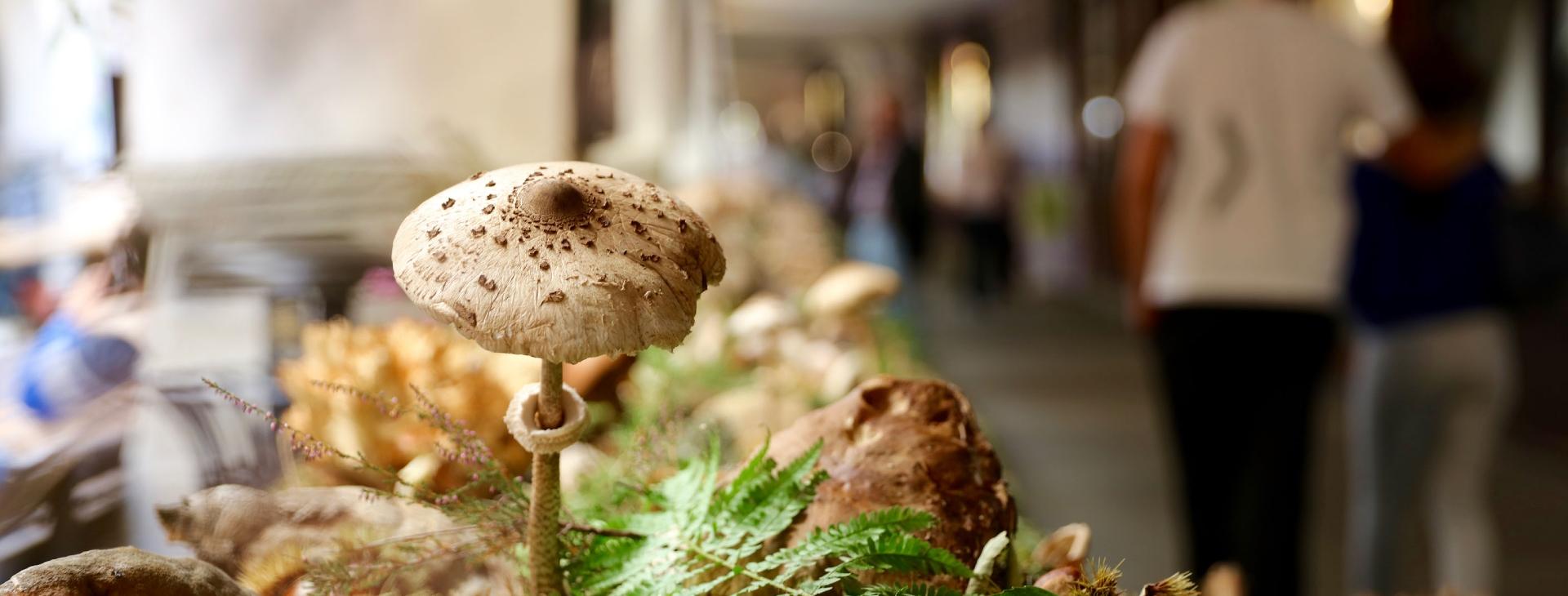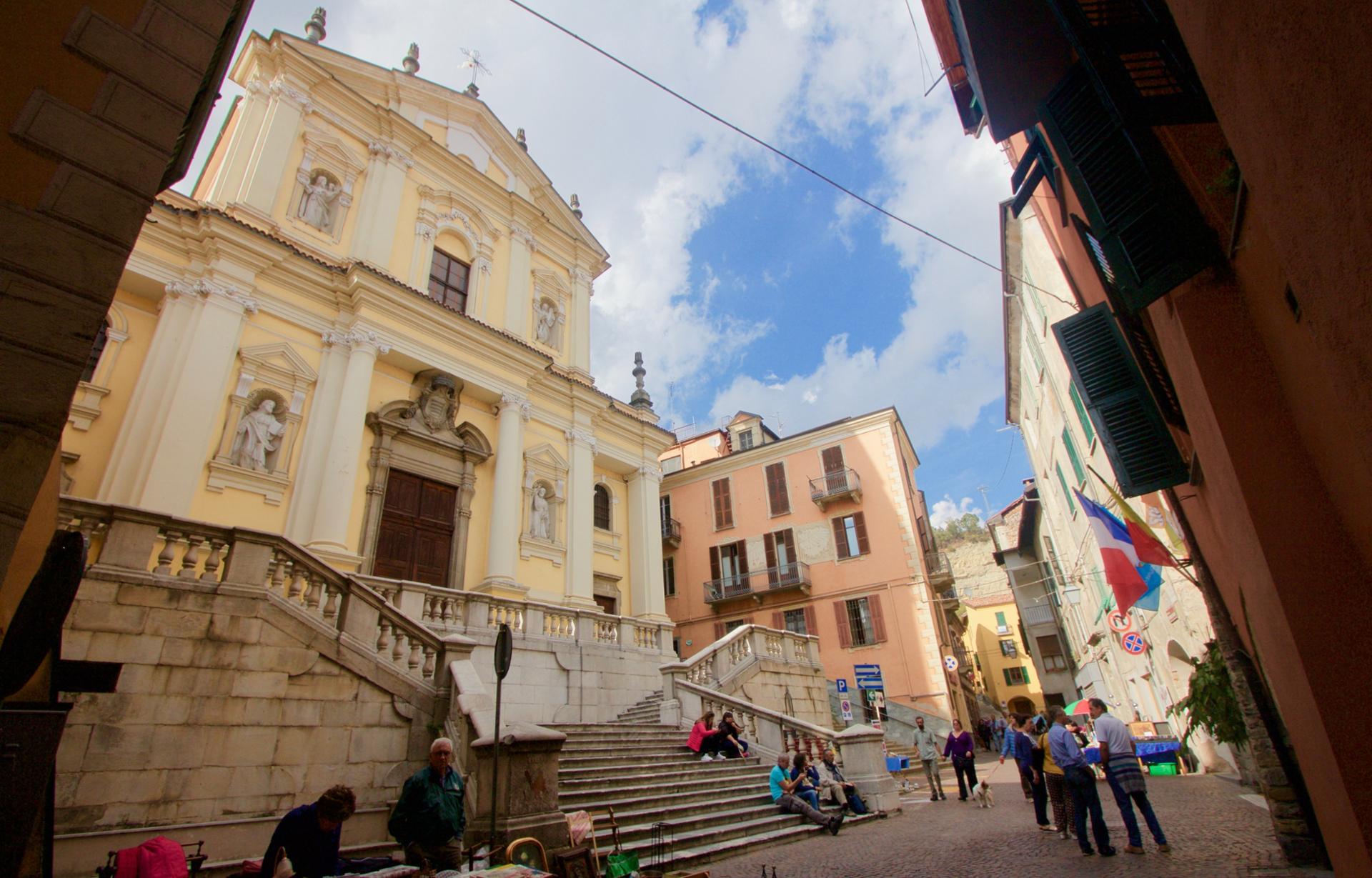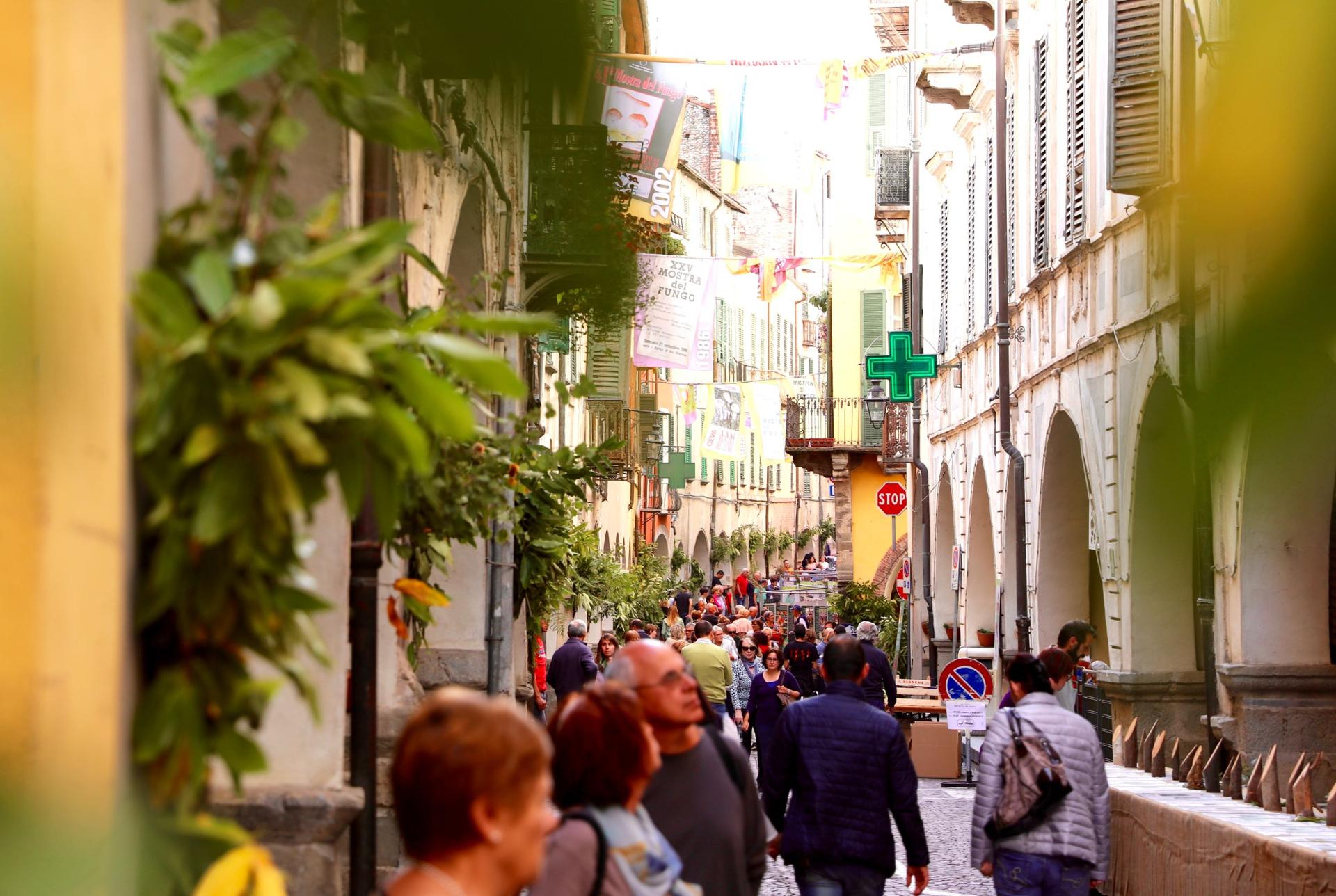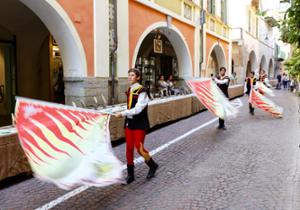
CEVA, VALLI MONGIA E CEVETTA LANGA CEBANA
CEVA
A MELTING POT OF FLAVOURS AND SCENTS
Ceva was, and still is, a sort of natural crossroads between Piedmont and Liguria. It is the gateway to the Tanaro Valley, leading to the sea through the mountains and, at the same time, marking the beginning of the journey towards the hills of the Langhe. Conveniently served by the train station and the motorway, it is definitely worth a stop.






Discover
more

Ceva’s old town centre tells the story of its past by retaining the charm of its narrow, stone streets, its buildings, and its history. The beautiful Chiesa di Santa Maria e Santa Caterina, built by Francesco Gallo, discreetly keeps watch over the spacious, bright, central square. Looking up, the Rocca del Forte towers over the city to the north. The ancient Campanone, panoramic viewing point, now accessorised with one of the giant benches by American designer Chris Bangle, tells the community what time it is with the sound of its tolls.
Strolling through the centre, you can admire the Torre di Porta Tanaro, the perfectly preserved entrance to the city that takes us back to the medieval period. Then, the Cevas were feudal lords of a powerful marquisate, at least until the town passed under the governance of the duchy of the Savoy, in the early sixteenth century. .
Ceva is lapped by the waters of the Tanaro, the Cevetta River and the Bovina River, which flows into the latter. The quality of these waters create the conditions for an agricultural production of the highest level in a healthy environment with an exceptional biodiversity. Farms with valuable herds of the famous Piedmontese cattle breed are common in these territories.
Experts have defined the Cebano area as a white truffle CRU territory and the Ceva truffle market is known as one of the most important in Italy. The city is also the Capital of the Mushroom because it has been the venue of the Mostra del Fungo since the 1960s. During this event, it hosts a national market that brings the streets of the centre to life, with expert mycologists, visitors and woodland scents, at the end of September.
The Castello Rosso and Castello Bianco of the Pallavicino Marquises tower over the city. In the main part of the city, there are no less than 17 churches, small churches and votive chapels, while in the four hamlets there are another 16. The Rocca del Forte, recently restored, can be visited subject to booking.
esempi di as xml: xml serveResource con templateId (chiave)
esempi di as json: json serveResource con templateId (chiave)
esempi di as json e siteId: json serveResource con siteid
en_US
What
to do
en_US
Experiences
No result found
en_US
Where
sleeping
en_US
Offers
en_US
Info


